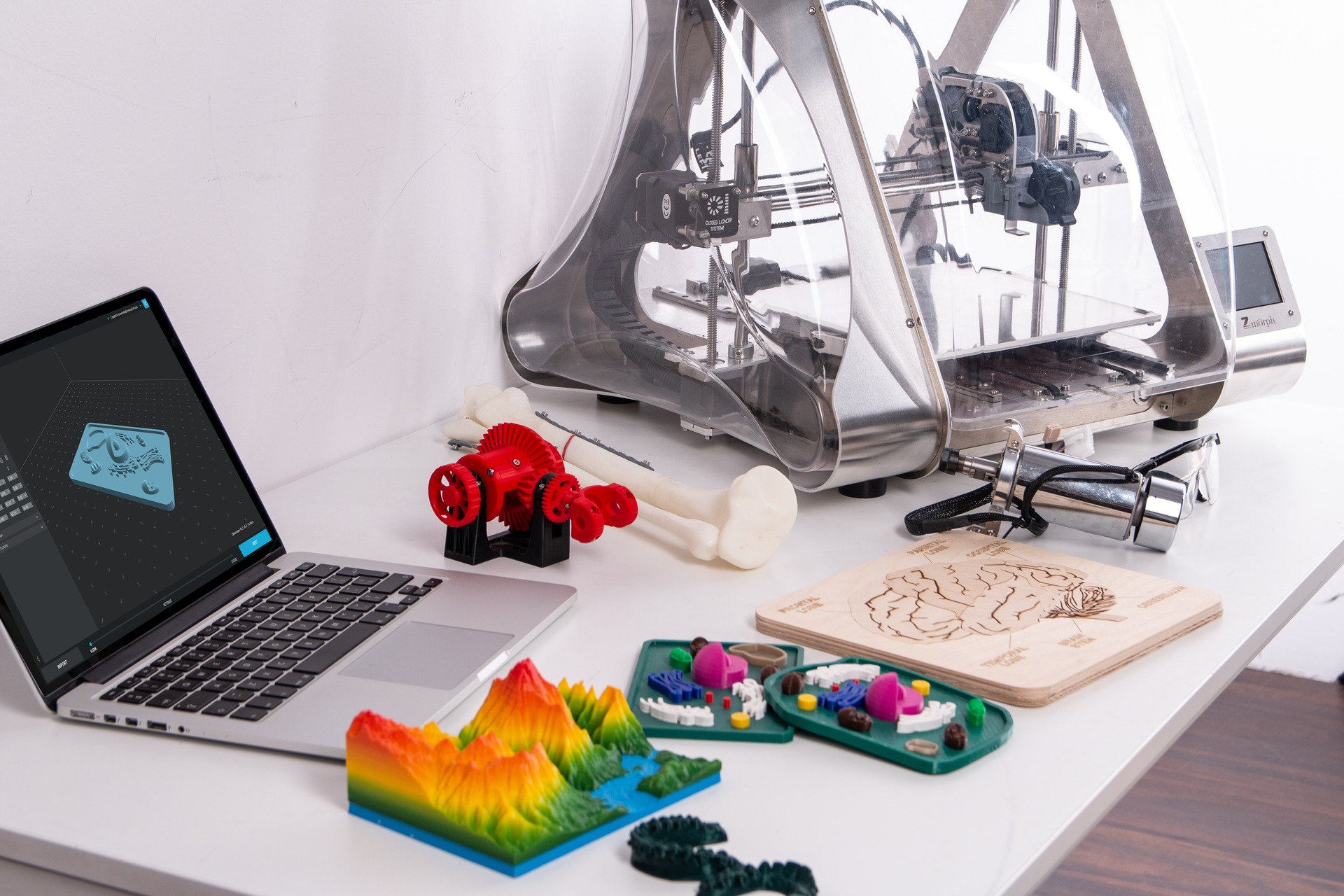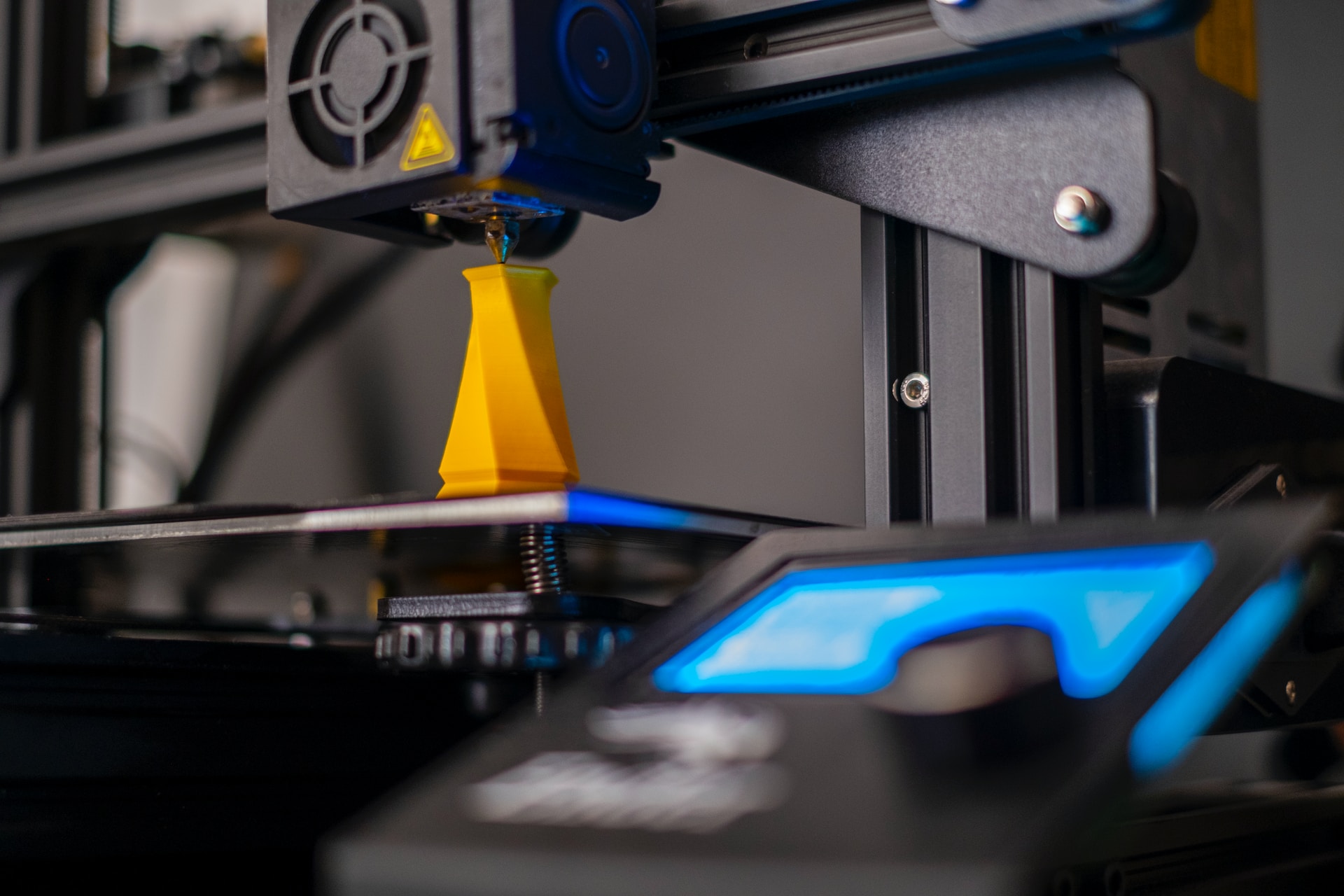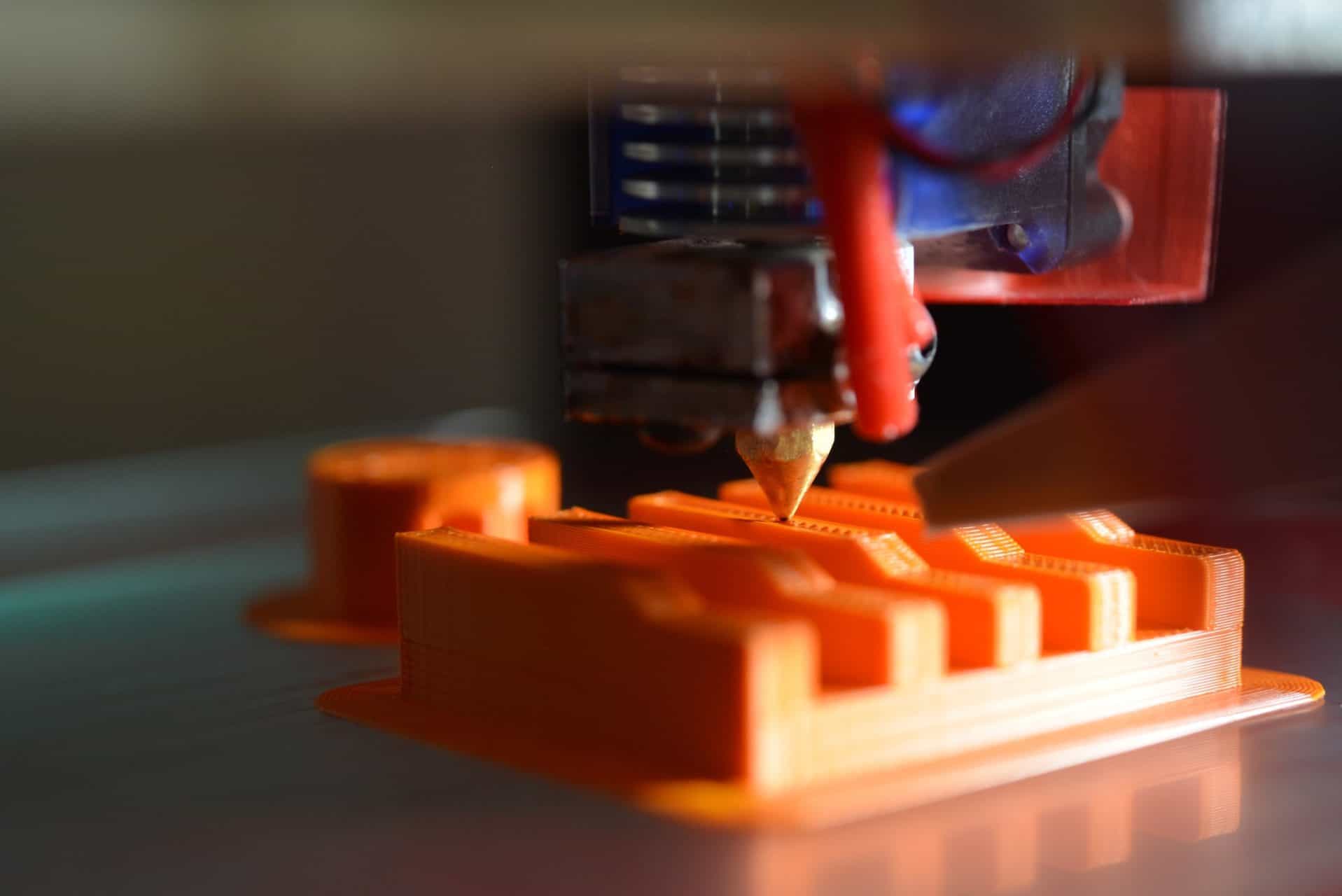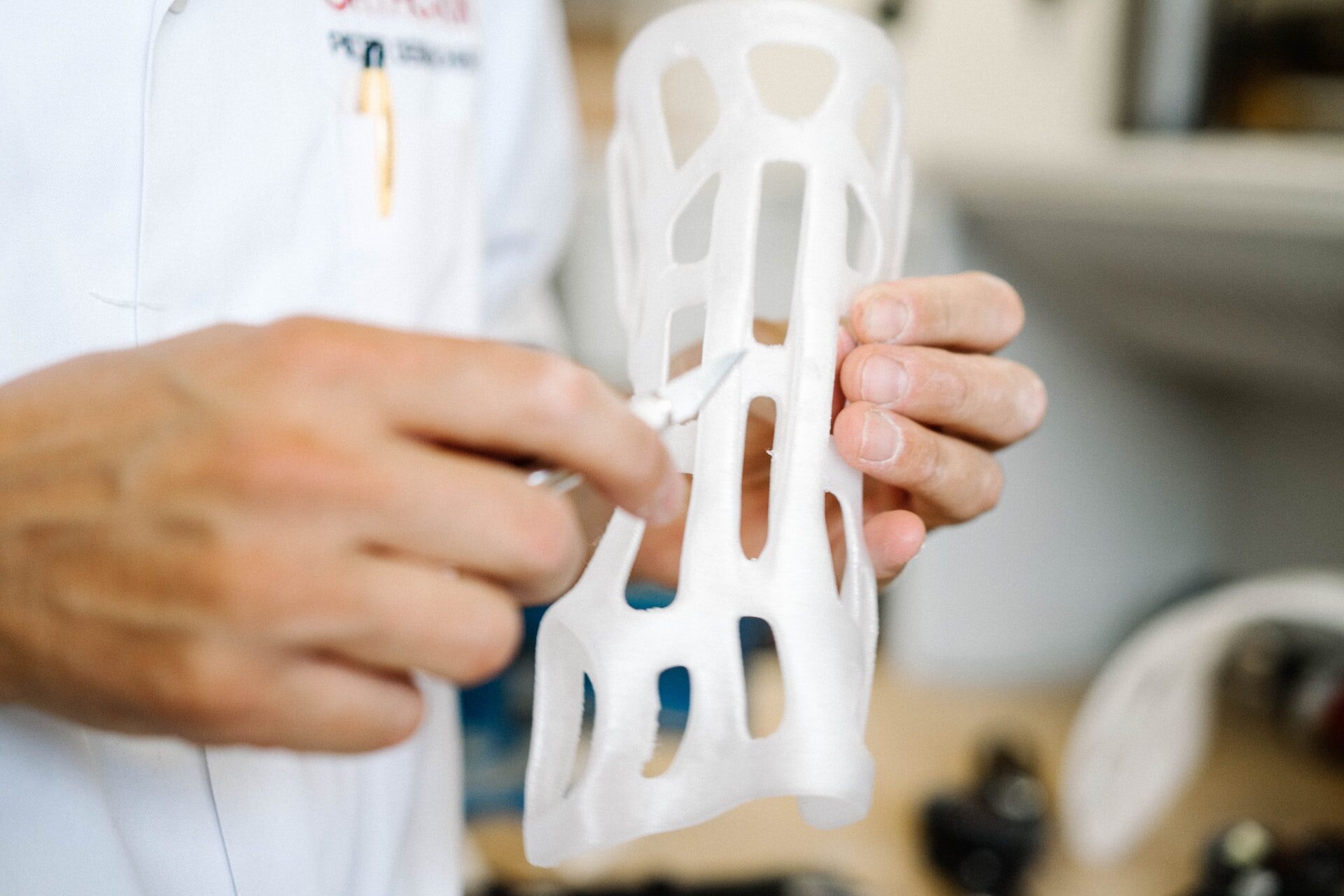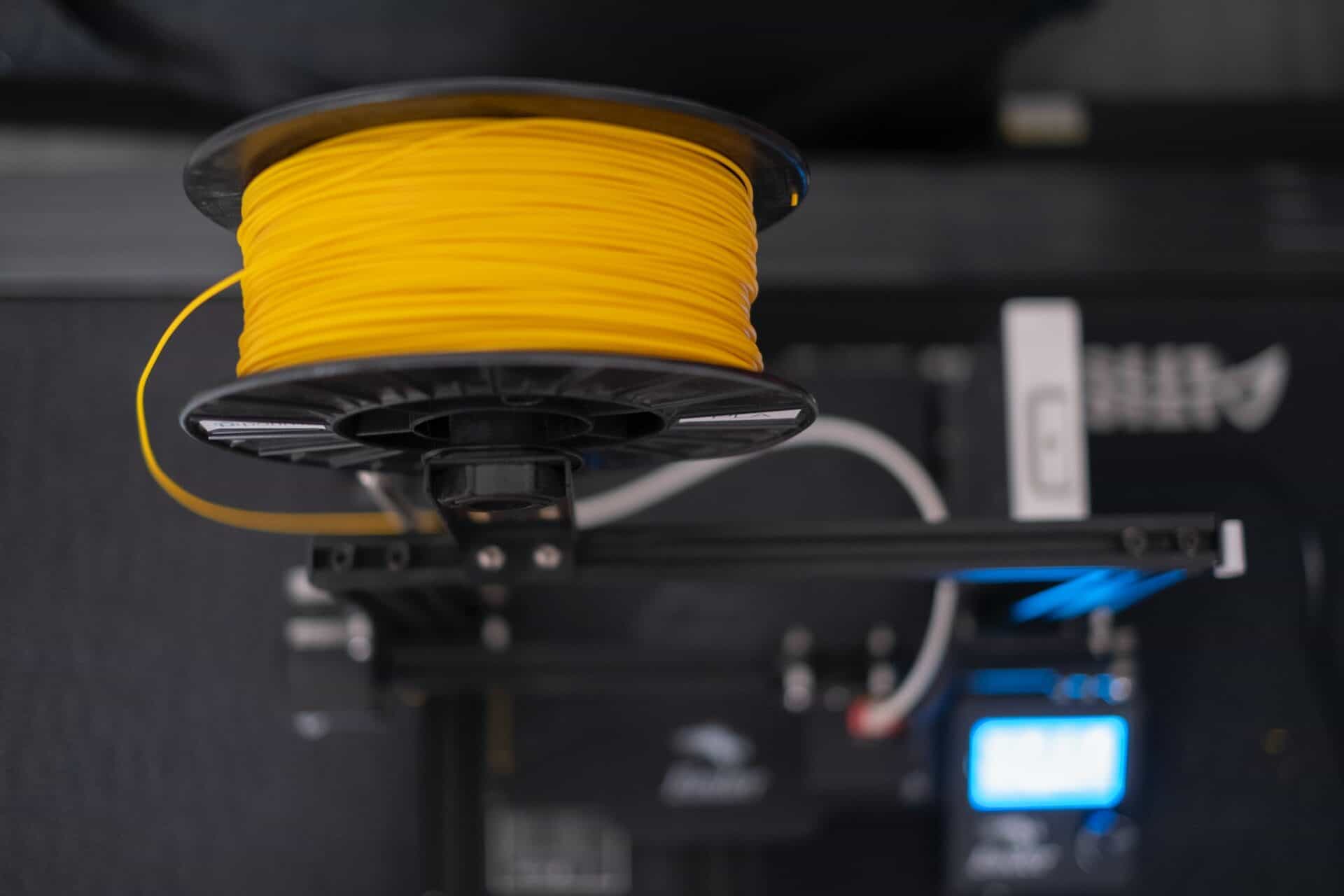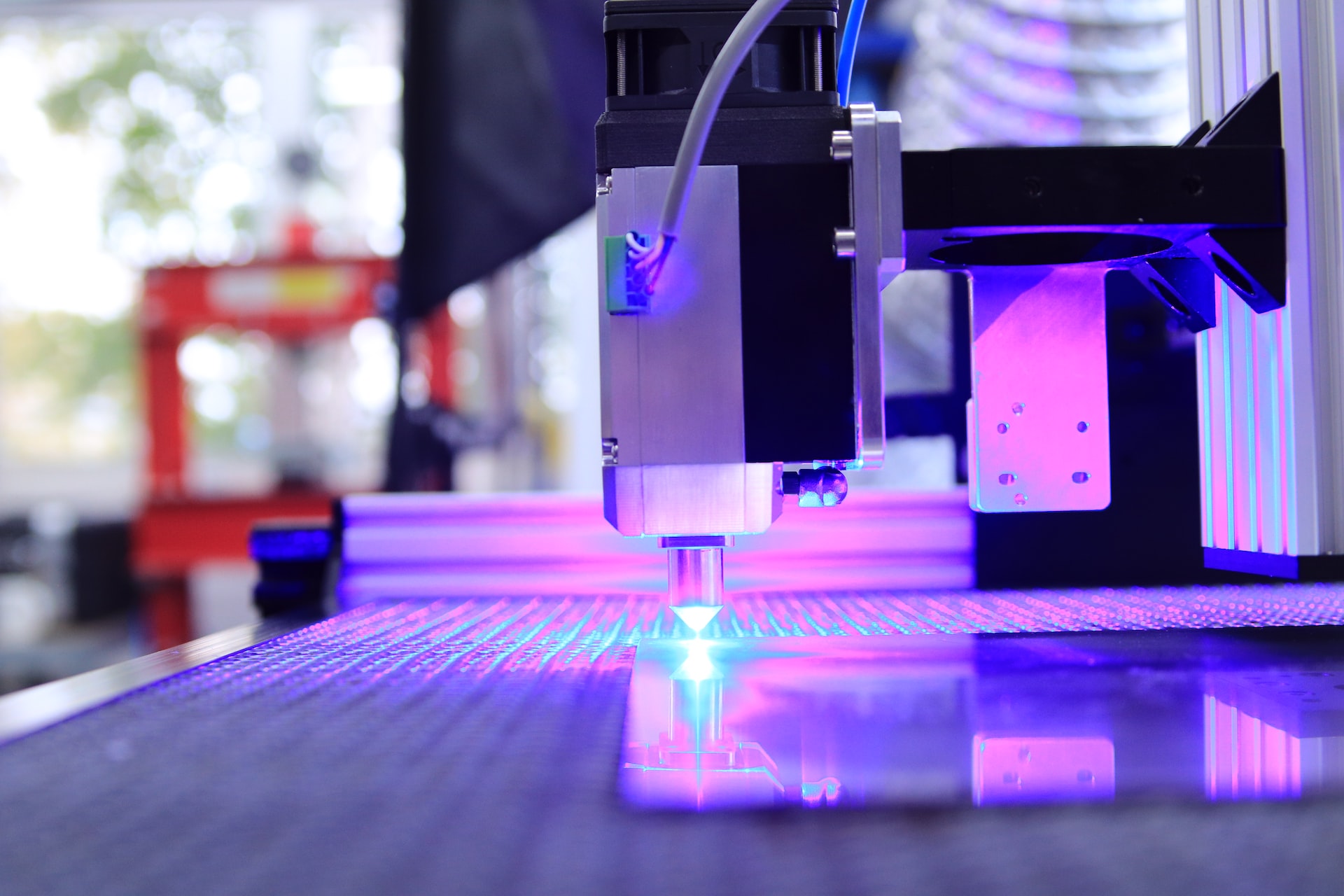
Types of Metal 3D Printing: The Complete Guide
February 6, 2023 - Lou Farrell
Revolutionized is reader-supported. When you buy through links on our site, we may earn an affiliate commision. Learn more here.
The various types of metal 3D printing technology are revolutionizing manufacturing. Not only is it possible to 3D print metal, 3D printers are being used to create objects as complex as real rockets. There are a few different types of metal printers and printer technology that are commonly used in additive manufacturing. Here’s an overview of all the main types of metal 3D printing today.
Can You 3D Print Metal?
Most people have heard of 3D printing plastic. However, many may not be aware that it is also possible, even commonplace, to 3D print metals as well. In fact, there are numerous types of metal 3D printing and you can print with a variety of metals and alloys. Stainless steel, tool steels, and titanium are all common types of metal 3D printing can shape.
There are a few different additive manufacturing methods used for 3D printing metal, described below. In general, the process starts with metal in a powder form. The powder is welded together in layers to create a complete object. After printing, objects may need post-processing, such as washing or sintering.
Main Types of Metal 3D Printing
There are four main types of metal 3D printing technology widely used today. Each has its own pros and cons. Here’s an overview of all the basics.
Powder Bed Fusion
If you’ve seen a metal 3D printer in action before, chances are it was a powder bed fusion printer. These types of metal 3D printing machines are the most common today. There are two specific varieties of powder bed fusion printers: selective laser melting and electron beam melting. Selective laser melting is the most commonly used.
Powder bed fusion metal 3D printers work by melting cross-sections in fine layers of metal powder using highly-precise lasers. The lasers are essentially melting specific portions of each fresh layer of metal powder so the melted portions form the printed object one layer at a time.
Selective laser melting, or SLM, is particularly popular for its high standard of precision. In fact, SLM printers are the most commonly used among all types of metal 3D printing technologies and printer varieties. In addition to precision, SLM printing is also highly resource efficient. Any unused metal powder leftover in the powder bed after each print can be reused on a new one.
Direct Energy Deposition
Direct Energy Deposition, or DED, is a bit like conventional plastic 3D printer which melts and extrudes plastic through one part. DED uses either metal wire or metal powder which is fed into a print head that melts it as it is dispensed layer by layer.
The two different types of metal 3D printing with DED are wire DED and powder DED. The main distinction between the two types is the form of the metal prior to printing (wire or powder). Wire DED printers are not commonly used. They are much less precise compared to powder DED and SLM metal 3D printers.
Binder Jetting
The main benefit of binder jetting compared to other types of metal 3D printing is that it operates at room temperature. As a result, binder jetting prints have fewer problems with warping. Other types of metal 3D printing technology, such as SLM, require supports to prevent and counteract warping when printing metal parts. Since binder jetting printers do not have this challenge, they can be much larger than other metal 3D printers, making them great for industrial applications.
Binder jetting is like a high-speed hacked verison of SLM. The printer uses a liquid binding agent to stick metal powder together into the desired cross-section. After each layer, new metal powder is stuck onto the cross-section to create a complete part. After printing, binder jet prints need to be sintered to actually fuse them into completely metallic objects. This gets rid of the binding agent and melts the metal powder together permanently.
Bound Powder Extrusion
The last of the main types of metal 3D printing is bound powder extrusion. This 3d printing method in a bit newer than the other main types and uses an innovative approach designed to be safer than working with metal powder. Bound powder extrusion uses metal powder that has already been bound together using polymers, hence the name.
The result is a metal version of everyday filament 3D printers. Interestingly, BPE printers actually scale up prints slightly to account for the wax polymer binding the metal powder together. After printing, the object gets dissolved in a post-processing wash then sintered similarly to binder jet prints. In the sintering process, the final print shrinks now that the binding polymer is gone.
How Metal 3D Printing is Used
The various types of metal 3D printing technology are used in a wide range of applications today. The most common use is in manufacturing. Additive manufacturing is efficient and cost-effective, especially compared with conventional hand assembly. So, it makes sense to use it in commercial applications.
One of the most interesting commercial applications for metal 3D printing today is aerospace manufacturing. Spaceflight startup Relativity Space is applying metal 3D printing on a massive scale, using giant 3D printers to manufacture their rockets. In fact, nearly every component in Relativity Space’s rockets in 3D printed. Their printers use a combination of the metal 3D printing methods described above.
Relativity Space is a great example of the large-scale potential of metal 3D printing. Their advanced 3D printing facility can produce rockets far faster than conventional hand assembly, which is still common in the aerospace industry. 3D printing reduces the complexity of spacecraft by essentially pre-assembling many components during the printing process. This could potentially make rockets less expensive to build.
In fact, Relativity Space’s founder has even discussed hopes to build a rocket 3D printing facility on Mars one day. The ability to manufacture new rockets right on Mars would be transformative for Mars colonies of the future. Plus, this would enable Mars to act as a launch pad into the outer solar system, all thanks to the power of metal 3D printing!
Understanding the Types of Metal 3D Printing
The various types of metal 3D printing are all helping to innovate manufacturing, from everyday metal objects to entire space-worthy rockets. With 3D printing, complex metal parts become much easier to manufacture and a wide range of products become much cheaper and even higher-quality.
Revolutionized is reader-supported. When you buy through links on our site, we may earn an affiliate commision. Learn more here.
